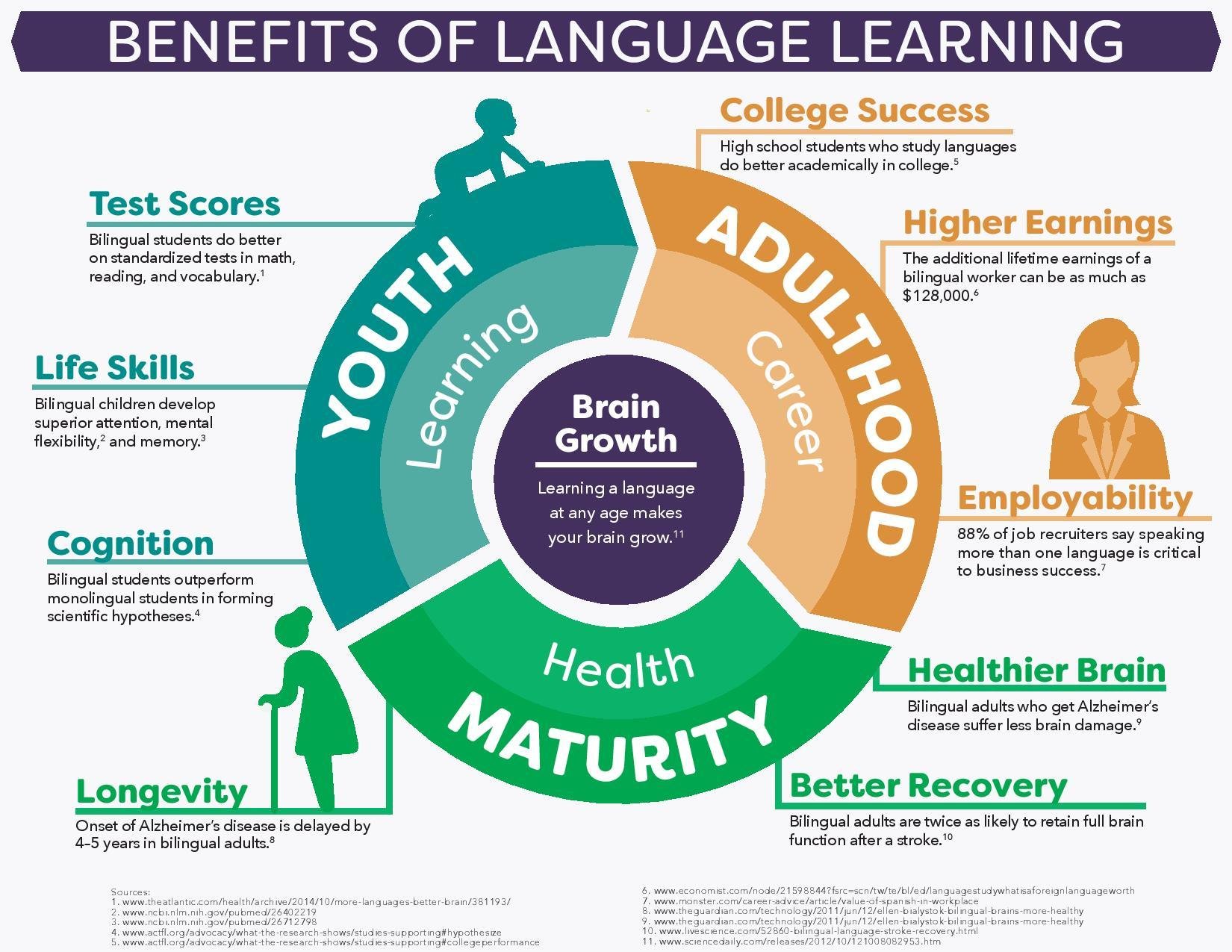9 of the Best Apps to Learn Tagalog Without the Boredom: A Gen Z + Millennial Guide
July 11, 2025
So you want to learn Tagalog, maybe to deepen your roots, impress your lola, or finally understand those teleseryes without subtitles. Whether you're reconnecting with your heritage or just curious about one of Southeast Asia’s most expressive languages, this guide will help you get started and level up, without the boring stuff.
Tagalog (or Filipino, its standardized form) isn’t just the national language of the Philippines—it’s the key to a cultural archive full of hugot lines, kilig moments, and tsismis you'll actually understand.
And beyond the cultural flex, science has your back:
According to research, learning languages like Tagalog can:
Improve your executive function and focus
Delay the onset of dementia and Alzheimer’s
Increase brain volume in language centers
Enhance memory, decision-making, and multitasking
Foster empathy and cross-cultural understanding
Tagalog is the heart of OPM lyrics, your parents’ long-distance phone calls, and every mano po moment at a family reunion. Learning it is more than a skill—it’s an act of reclamation, especially for Filipino Americans whose families may have stopped speaking it to assimilate.
And let’s be real: there’s something powerful about understanding who you are without translation.
Tips for Learning That Actually Stick:
📱 Pair tech with talk: Don’t just memorize vocab—use it. Apps are helpful, but real convo builds confidence.
🎧 Shadow native speakers: Repeat phrases from YouTube, movies, or TikTok to get the rhythm and pronunciation down.
📆 Consistency > intensity: 10 minutes a day beats a 2-hour cram once a week.
🎶 Make it a vibe: Sing along to Moira, watch Drag Race Philippines, or read a Filipino comic. Culture helps you remember, and of course, makes it fun.
Beginner-Friendly: Quick & Easy Starters
1. Duolingo
Gamified, addictive, and beginner-friendly. You’ll be saying kumusta ka? before you know it.
2. Drops
Visually rich, vocab-driven, and made for 5-minute bursts. Great for commuters and doom-scrollers.
3. Tagalog.com
A low-key goldmine. Grammar tips, vocabulary lists, audio clips, and quizzes in one place.
Intermediate: Build a Stronger Foundation
4. Pimsleur Tagalog
Focuses on conversation through spaced repetition and listening. Perfect for long walks or while cleaning.
5. FilipinoPod101
Think of it as a podcast meets crash course. It’s got beginner to advanced material, updated regularly.
6. Ling App
Interactive modules that teach grammar, phrases, and pronunciation. Casual but useful.
Advanced: Fluency, Culture & Real-Time Interaction
7. Glossika Tagalog
If you’re into data-driven language learning, this one uses AI and repetition to help you think in Tagalog.
8. LearningTagalog.com
A full course with native audio, grammar deep-dives, and clear progression. Great for serious learners.
9. Tagalog Kids+
Don’t let the name fool you—adults can join too! Real-time classes focused on fluency and Filipino culture.
But Wait—Isn’t It Too Late to Learn?
Nope. Learning a language as an adult can feel intimidating, especially if you’ve been told you should already know it. But let’s reframe that: reclaiming your language is radical. It’s also healing.
Whether you're a total newbie, a heritage speaker trying to relearn, or somewhere in between, there’s no wrong starting point.
The Philippines isn’t just a country—it’s karaoke in the living room, street food with your hands, and family you haven't met yet. Language brings you closer to all of that. And if you’re Filipino American? It bridges generations.
So download that app, queue up that KathNiel movie, or take that class. Tagalog isn’t just something to learn—it’s something to live.
References
Bialystok, E., Craik, F. I. M., & Freedman, M. (2007). Bilingualism as a protection against the onset of symptoms of dementia. Neuropsychologia, 45(2), 459–464. https://doi.org/10.1016/j.neuropsychologia.2006.10.009
Grundy, J. G., Anderson, J. A. E., & Bialystok, E. (2017). Neural correlates of cognitive processing in monolinguals and bilinguals. Annals of the New York Academy of Sciences, 1396(1), 183–201. https://doi.org/10.1111/nyas.13333
Li, P., Legault, J., & Litcofsky, K. A. (2014). Neuroplasticity as a function of second language learning: Anatomical changes in the human brain. Cortex, 58, 301–324. https://doi.org/10.1016/j.cortex.2014.05.001
Marian, V., & Shook, A. (2012). The cognitive benefits of being bilingual. Cerebrum: The Dana Forum on Brain Science, 2012, 13. https://www.ncbi.nlm.nih.gov/pmc/articles/PMC3583091/
York, G. (2025, February 20). A skill you could start learning ASAP may delay dementia, experts say. New York Post. https://nypost.com/2025/02/20/health/a-skill-you-could-start-learning-asap-may-delay-dementia/
























Jimuel Pacquiao’s pro debut ends in a majority draw, raising big questions about legacy, pressure, and the first steps of his boxing journey.
Read More